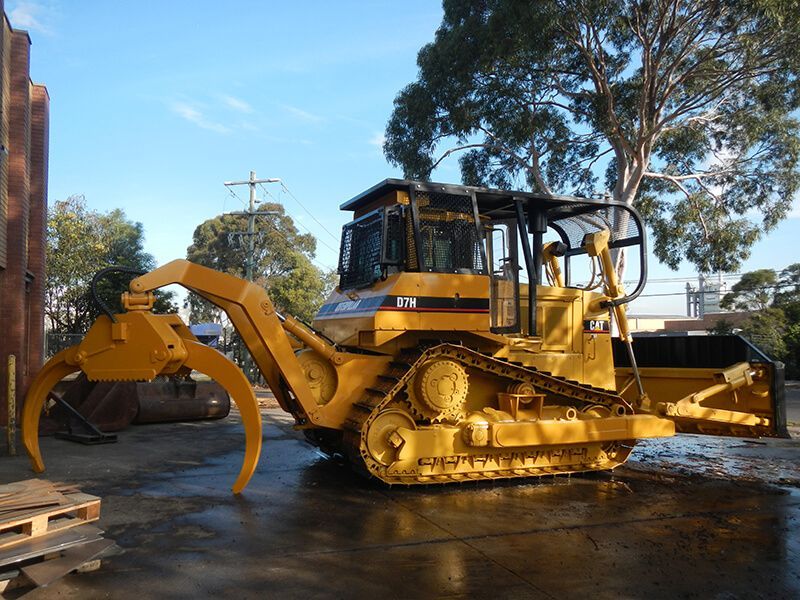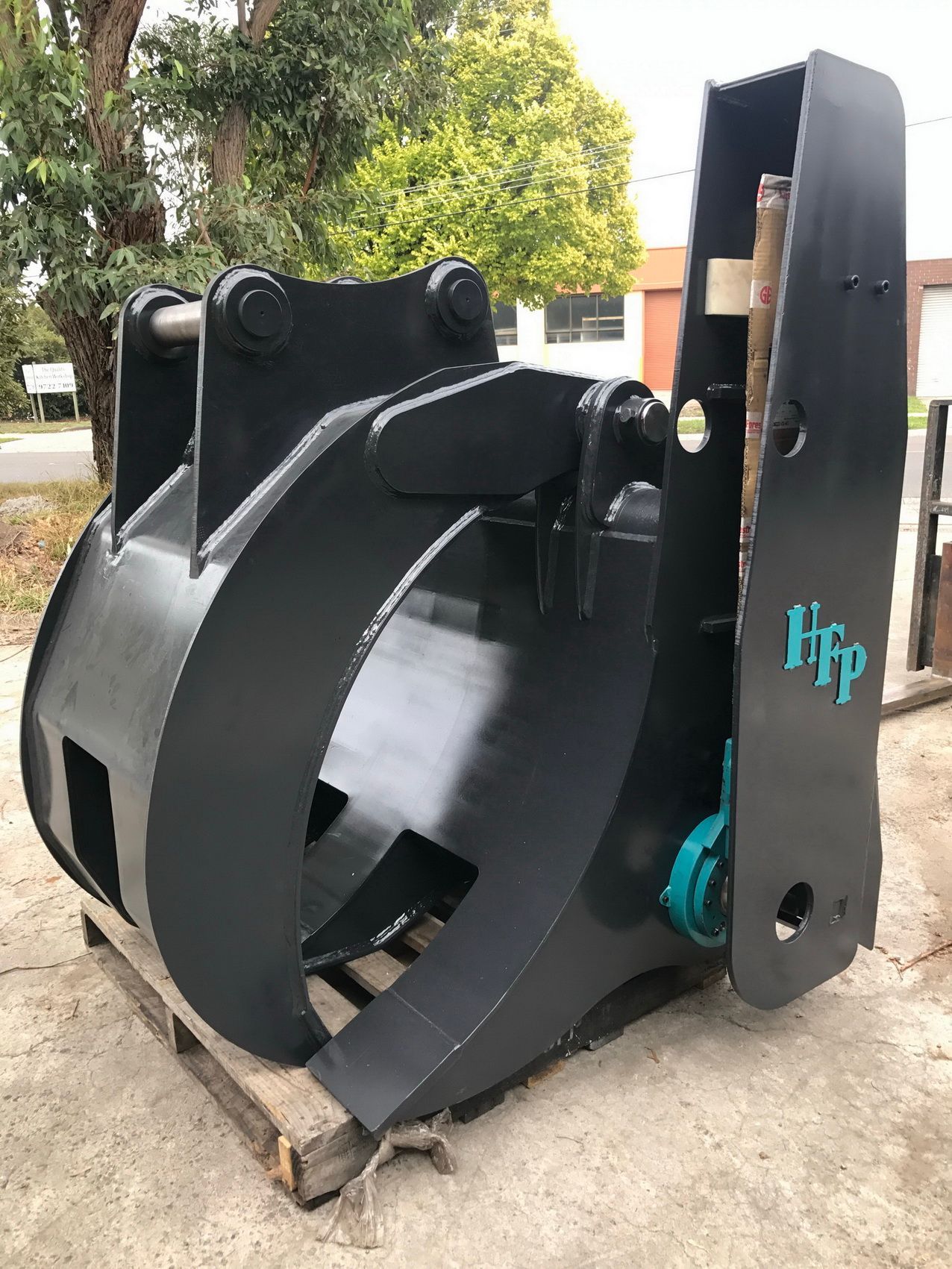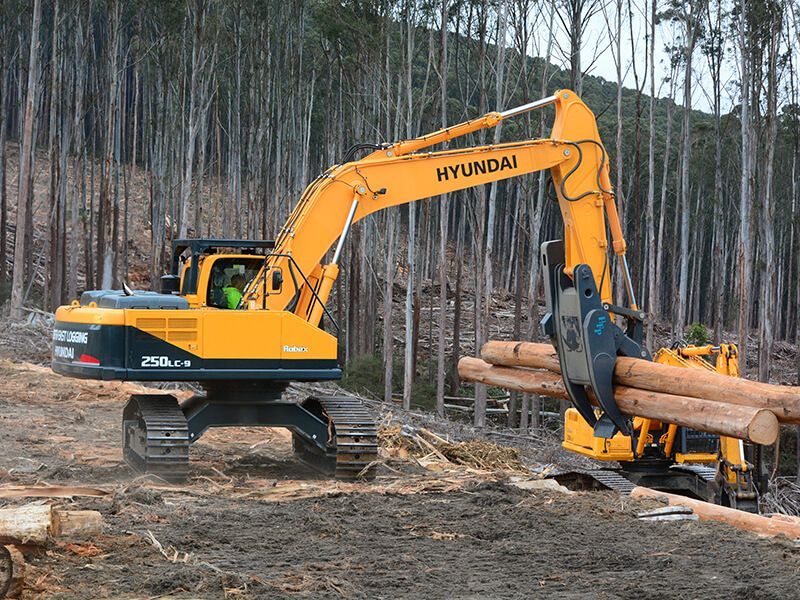Maintaining your excavator grab: tips and best practices
Excavator grabs are essential tools in construction, demolition, and material handling, known for their strength and versatility across a range of site conditions. However, to ensure they stay at their best, implementing regular maintenance procedures is crucial. This blog will provide you with our key tips and best practices for maintaining your excavator grab while explaining how each process extends the longevity and operational efficiency of the attachment.
Routine inspection: the first line of defence
Regular inspections are paramount in maintaining an excavator grab. Start by checking for any visible signs of wear or damage, such as cracks, dents, or corrosion. We suggest you pay special attention to the hydraulic systems; leaks or damage here can significantly affect performance. Pins, bushings, and teeth should also be checked frequently, as they undergo considerable wear and tear throughout operations. Early identification of these issues allows for timely repairs, preventing minor problems from escalating into major ones.
Lubrication: keeping things running smoothly
Proper lubrication is vital for the smooth operation of excavator grabs - by regularly lubricating all moving parts, including the pivot points, friction and wear will be reduced and ultimately extend the life of the components. However, it’s important to use lubricants recommended by the manufacturer or professionals in the industry.
Hydraulic system care
The hydraulic system is the heart of the excavator grab, so it’s important to ensure that the hydraulic fluid is at the correct level and to check for any signs of contamination. Dirty or insufficient hydraulic fluid can lead to poor performance and damage the inner system of your excavator grab. As well as this, hydraulic hoses should be inspected for any signs of wear, abrasion, or leaks, as these can be indicative of imminent failure.
Why cleaning is more than just aesthetic
Regular cleaning of the grab is not just about keeping it pretty; it’s about functionality and removing dirt and debris after it’s accumulated in moving parts and pivot points, as it could lead to premature wear or even seizing of the components. After each use, especially in muddy or dusty conditions, we recommend taking the time to clean the grab thoroughly.
Professional servicing and repairs
While implementing the above routine inspections can be handled onsite, some aspects of the servicing should be left to the professionals. Regular professional servicing ensures that deeper mechanical issues can be diagnosed and repaired, saving you larger costs down the track. If repairs are needed, use only original parts as recommended by the manufacturer to ensure compatibility and reliability.
If you're in the market for high-quality or custom-made
excavator grabs, Hardwood Forest Products Australia offers the best in the industry -
contact a team member today to see how we can create a grab perfect for your upcoming project.




